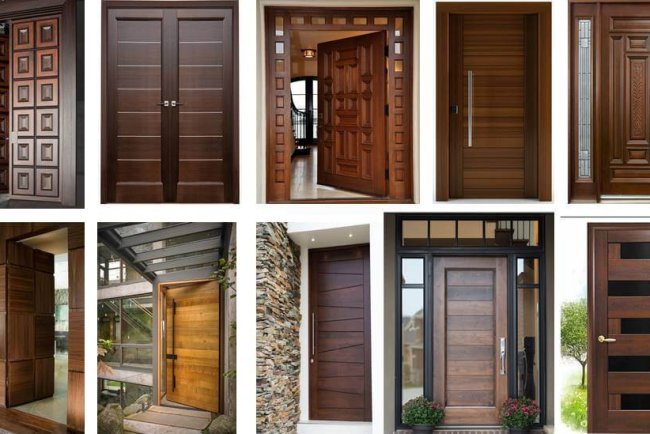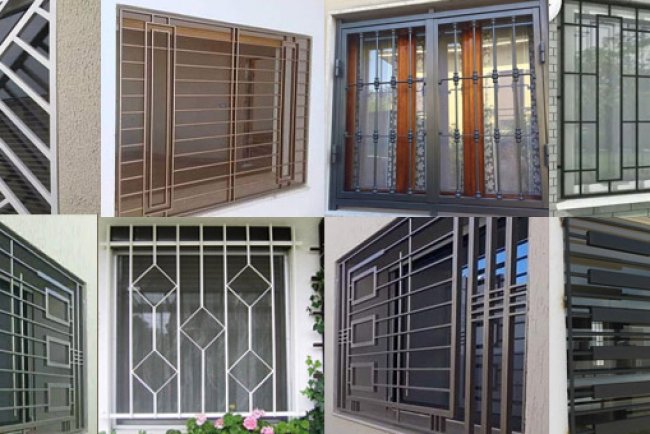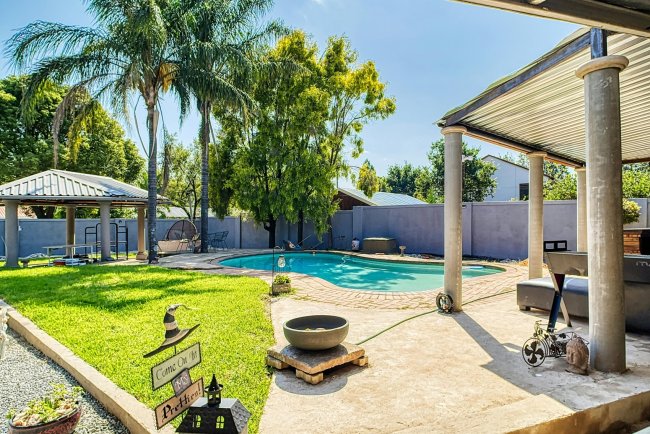A person who buys his house at least makes a place for himself to live easily. If you wish to understand the value of your own house then you do not have to see its price but spend some time at places where you do not have food, clothing, and shelter. 10 days without these necessities will let you understand the value of your own house. With that, you will easily get to know why an old person in his 70’s has given importance to build or buy a house.
Having property does not pay you respect in society which surely makes a society that is by pygmies. So, building a house may be your priority in life as it may take many other fortunate steps in life to grow. This is all because of the generation that has seen life more in casinos where fortunes are made and destroyed within a few minutes. Life is all about earning and then making the most out of it.

Here are 5 types of houses that give you an easy way to lead a better life:
Apartments: The most beautiful ways to enjoy your lifestyle and get your needs is with an apartments. The lifestyle homes or bare necessities developments that are part of different types of apartments have made life easier for city dwellers. The lifestyle homes that are made by reputed builders such as Gaursons, TATA, and Godrej, Ajnara have given a new high to the buyers. The homes are with all developments that come with amenities, specifications, and premium needs fulfilled. It gives you an ideal way to escape from work as you get a suitable workplace to build according to your convenience within your homes. The homes give you peace and solace where you find all types of people staying together and thus make a community that is according to your own thoughts. The apartments create a well-defined lifestyle and give you the most beautiful memories of a lifetime. The additional developments as a clubhouse, parking, swimming pool, indoor games, and gyms make things easier to live. The lifestyle homes or bare necessities make things easier to enjoy for a lifetime.
Cottages: Life in a cottage is equally good for those who wish to enjoy the company of each other. The cottages are great places to live with all the comforts and get the most with peace and serenity. The residences as cottages make you feel easier with buyers finding one bedroom and balcony. It may include a sprawling garden if developed with the cottage. The development as a cottage is ideal for nature and peace lovers who enjoy living near mountains, rivers, or forests. The cottage-style homes are being developed at places of pilgrimage or yoga centres. It can be found at places like Haridwar, and Rishikesh where people come and stay for a short duration. Although many prefer to stay for a long duration and get the most out of it.

Bungalows: Bungalows are the favourite houses for bureaucrats, politicians, and people from upper strata in India. The same are known as mansions in Western countries. Bungalows are made within huge acres of land although few of them are developed within half acres or 1 acre of land. It gives more comfort, better space, and developments that add to a pristine lifestyle. The residences are also known to be as Villa which are part of many Hollywood and Bollywood stars. People who are in prominent fields such as sports, real estate, and various other developments, or known as eminent personalities own it.
Tent houses: Tent houses are one of the easiest ways to give wings to your life and needs. It is ideal for those people who wish to enjoy life out in the open. It gives the wish of fulfilling nomadic culture and spending nights under the stars. Adventure tourism has taken a new way through these tents where people book for paragliding or various other adventure sports in hilly areas. It is like climbing and scaling mountain areas spend time into tent houses. The tent houses are part of various seasons in the Himalayan mountains which gives you fresh air and a new way to start your lifestyle with fresh air and sunshine being part of it.

Caravan houses: Caravan houses are for those who wish to have canter houses built on moving vehicles. This has become an emerging tradition although it looks like a great way to spend as a running convict. Your wish to feel like dodging various Police posts, checks, barriers, or any other developments makes you feel great. The various adventure tours like traversing the entire country or reaching the various border posts and then entering other nations all can be done if you have caravan houses.
Also Read :
Choosing your own house is according to your needs and should be given a thought before you buy. It is all about your taste and preferences and you may just pooh-pooh others thoughts making the most out of it with your stay.





















